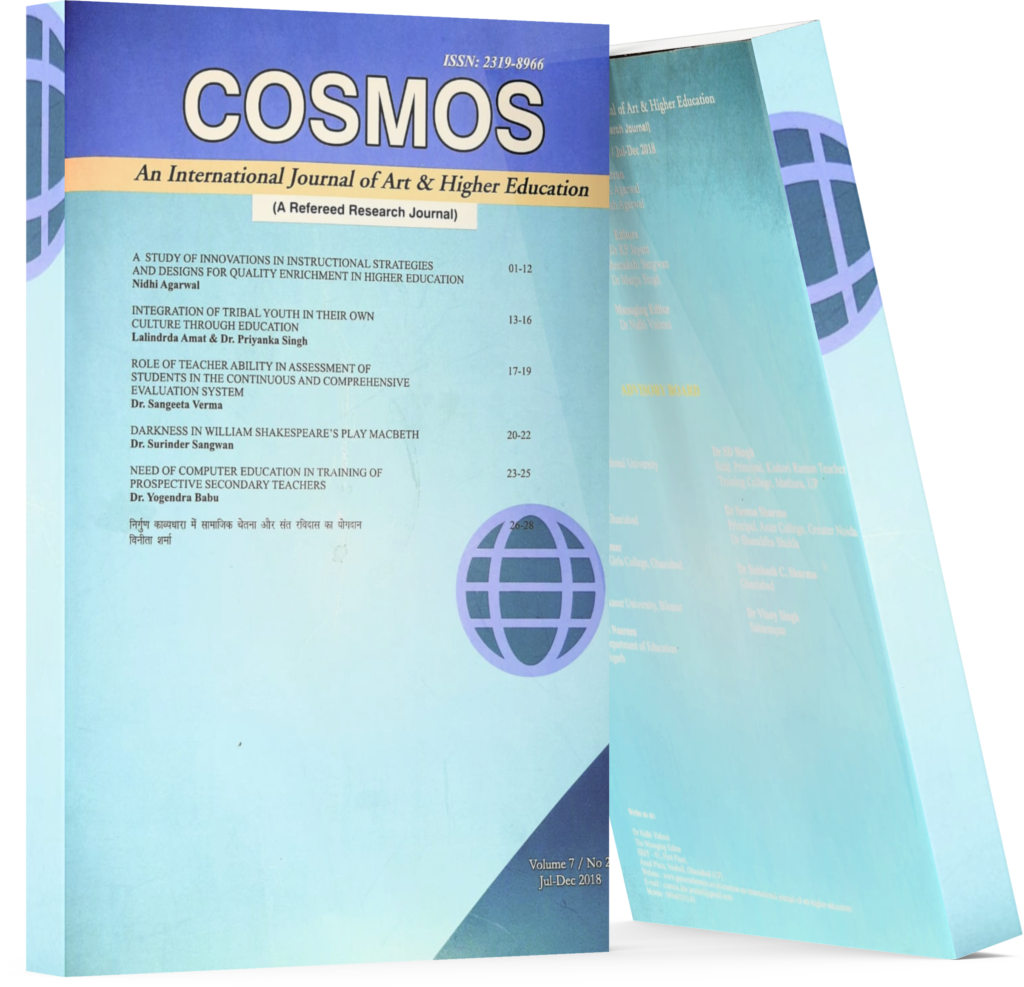Development Of Some Effective Components For Higher Secondary Students Of Cbse And Up Board To Enhance English Language Skills
Keywords:
Higher Secondary, English Language SkillsAbstract
Language is the essential mode of correspondence and articulation of considerations and thoughts. In India, there are two authority dialects Hindi and English. English has possessed a predominant situation since freedom. There have been not kidding endeavors to coordinate English language in the school educational plan since 1980s. In the schools of West Bengal, English is educated either as a first language or second language. The current examination expects to discover the status of showing English language in the optional schools where the schools with three unique sheets, ICSE, CBSE and state sheets are picked. The example comprised of 50 educators and 50 understudies from a sum of 25 schools. An overview technique and perception stock was utilized for assortment of information. The end is that English language instructors need to side by side themselves with the most recent improvements with regards to language educating. The co-activity from the school, instructors, guardians and understudies yield productive outcomes in improving the status of English language educating.
Downloads
References
Anyiendah, M.S., (2017). “Challenges Faced by Teachers When Teaching English in Public Primary Schools in Kenya”, Retrieved July 1, 2019 from https://doi.org/10.3389/ feduc.2017.00013 2. Arocena, E. and Popma, J., (2014). “English language teaching in secondary education and the use of English outside school: A comparison of the Basque Country and Friesland”. Mercator European Research Centre on Multilingualism and Language Learning, 1, 5-57.
Malarvizh, K., (2018). “Challenges in English Language Teaching as a Second Language in India”. Bodhi International Journal of
Research in Humanities, Arts and Science, 2(26), 96-99.
Saranya, J., (2018). “Challenges in ELT as a Second Language”. Bodhi International Journal of Research in Humanities, Arts and Science, 2(26), 83-87.

